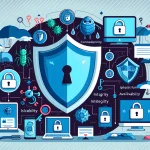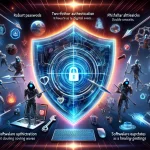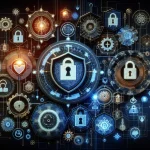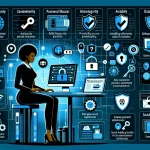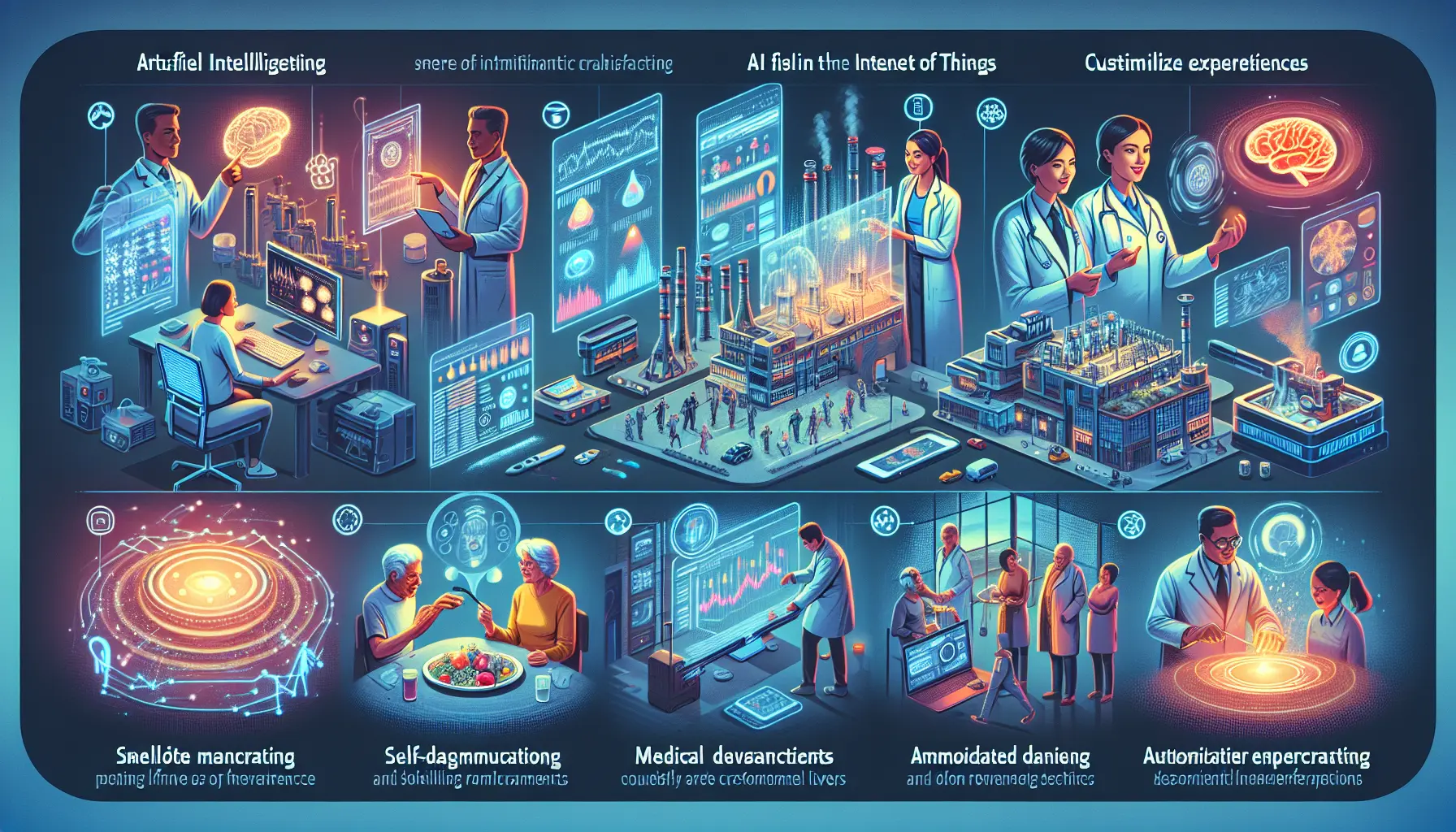
Estimated reading time: 8 minutes
Key Takeaways
- Integration Impact: The convergence of AI and IoT is revolutionizing how devices operate and interact.
- Real-World Applications: Industries like manufacturing and healthcare are leveraging this integration for enhanced efficiency.
- Future Innovations: Expect more autonomous devices capable of self-diagnosis and adaptive learning.
- Security and Privacy: Addressing security and privacy concerns is crucial for widespread adoption.
- Implementation Steps: Organizations should focus on clear goals and robust infrastructure for successful integration.
Table of Contents
Understanding the Convergence of AI and IoT
The integration of Artificial Intelligence (AI) and Internet of Things (IoT) represents a fundamental shift in how our devices operate, learn, and serve us. By combining AI's analytical capabilities with IoT's vast network of connected sensors and devices, we're creating systems that can sense, think, and act with unprecedented intelligence and autonomy.
Consider your smart thermostat. Today, it does more than follow a schedule – it learns your preferences, anticipates your needs, and automatically adjusts to save energy while keeping you comfortable. This simple example showcases how AI and IoT work together to create truly intelligent environments.
How AI and IoT Complement Each Other
The AI Component
AI brings cognitive capabilities to connected devices through:
- Pattern recognition in user behavior
- Predictive analytics for maintenance
- Real-time decision making
- Adaptive learning systems
The IoT Foundation
IoT provides the essential infrastructure through:
- Sensor networks collecting real-world data
- Connected devices executing commands
- Communication protocols enabling device interaction
- Data exchange platforms
Real-World Applications and Examples
Smart Manufacturing
Manufacturing facilities use AI-powered IoT systems to:
- Monitor equipment health in real-time
- Predict maintenance needs before failures occur
- Optimize production schedules automatically
- Ensure quality control through computer vision
Healthcare Innovation
In healthcare settings, integrated AI and IoT enable:
- Remote patient monitoring with instant alerts
- Automated medication management
- Early disease detection through pattern analysis
- Personalized treatment recommendations
Impact on Future Device Technology
The fusion of AI and IoT is creating devices that can:
- Self-diagnose and repair issues
- Learn and adapt to user preferences automatically
- Communicate and coordinate with other devices
- Make autonomous decisions based on complex data analysis
Benefits and Opportunities
Operational Excellence
- Reduced downtime through predictive maintenance
- Lower operational costs via automation
- Improved resource utilization
- Enhanced safety through constant monitoring
User Experience
- Personalized interactions based on learned preferences
- Proactive service delivery
- Seamless device integration
- Intuitive interfaces adapted to user behavior
Challenges and Solutions
Security Considerations
- Implementation of end-to-end encryption
- Regular security audits and updates
- Advanced threat detection systems
- Secure device authentication protocols
Privacy Protection
- Data anonymization techniques
- User consent management
- Transparent data usage policies
- Local data processing options
Future Outlook
The next wave of AI and IoT integration will bring:
- More sophisticated edge computing capabilities
- Enhanced natural language processing for device interaction
- Advanced prediction models for system optimization
- Greater autonomy in device decision-making
Practical Implementation Steps
For organizations looking to leverage AI and IoT integration:
- Start with clear use cases and measurable goals
- Ensure robust data collection and management systems
- Implement scalable infrastructure
- Focus on security from the beginning
- Plan for continuous learning and adaptation
The integration of AI and IoT continues to reshape our technological landscape, creating opportunities for innovation across industries. By understanding and embracing these technologies, organizations can position themselves at the forefront of the next technological revolution.
Frequently Asked Questions
What is the significance of AI and IoT integration?
The integration of AI and IoT enhances device capabilities, enabling smarter decision-making and improved user experiences.
What industries benefit from AI and IoT integration?
Industries such as manufacturing, healthcare, and smart homes are significantly benefiting from this integration.
What are the main challenges of AI and IoT integration?
Challenges include security concerns, data privacy issues, and the need for robust infrastructure.
How can organizations prepare for AI and IoT integration?
Organizations should start with clear goals, invest in infrastructure, and prioritize security measures.
What is the future outlook for AI and IoT?
The future will likely see more autonomous devices, enhanced natural language processing, and advanced predictive capabilities.

